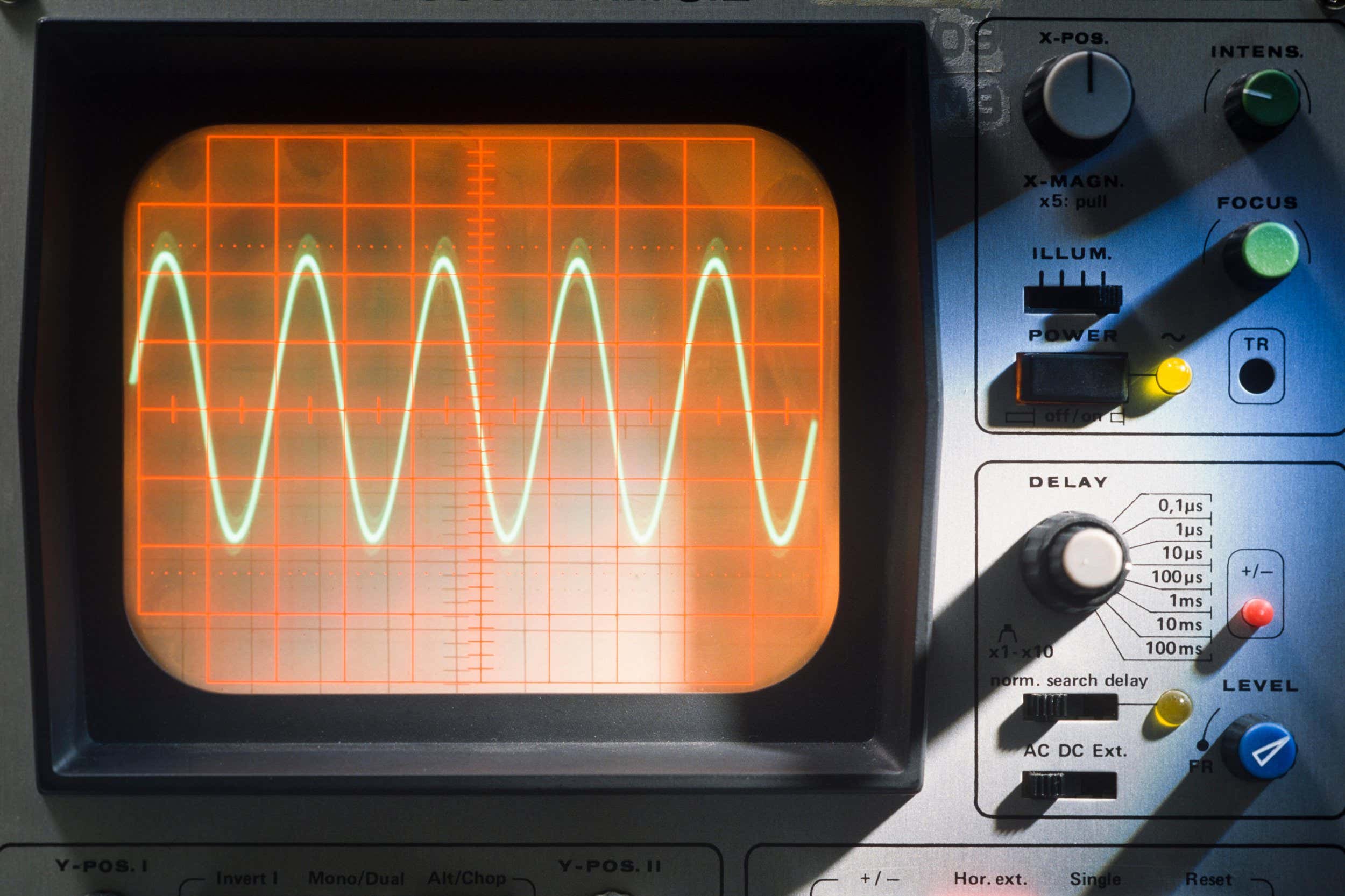Now Reading: Scientists Uncover How Microwaves Interact with Imaginary Time
1
-
01
Scientists Uncover How Microwaves Interact with Imaginary Time
Scientists Uncover How Microwaves Interact with Imaginary Time

Quick Summary
- Researchers at the University of Maryland have demonstrated that microwaves can experience “imaginary time” – a concept previously thought to be non-physical and unmeasurable.
- Imaginary time arises when radiation traveling through materials interacts with atoms, causing a complex delay involving imaginary numbers (square root of -1).
- An experiment using coaxial cables formed into a ring and advanced oscilloscopes revealed tiny frequency shifts in microwaves as evidence of imaginary time.
- The research completes earlier theoretical work from 2016 and confirms how materials sculpt pulses of radiation. Insights from this study could influence nanoscience and improve sensing devices or light-based storage systems in computer memories.
- The team plans further investigations into how these shifts impact communication-related information transmission.
Image Caption: An oscilloscope in an electronic testing lab | Credit: Uwe Moser/Alamy
Stay Informed With the Latest & Most Important News
Previous Post
Next Post
Loading Next Post...




























